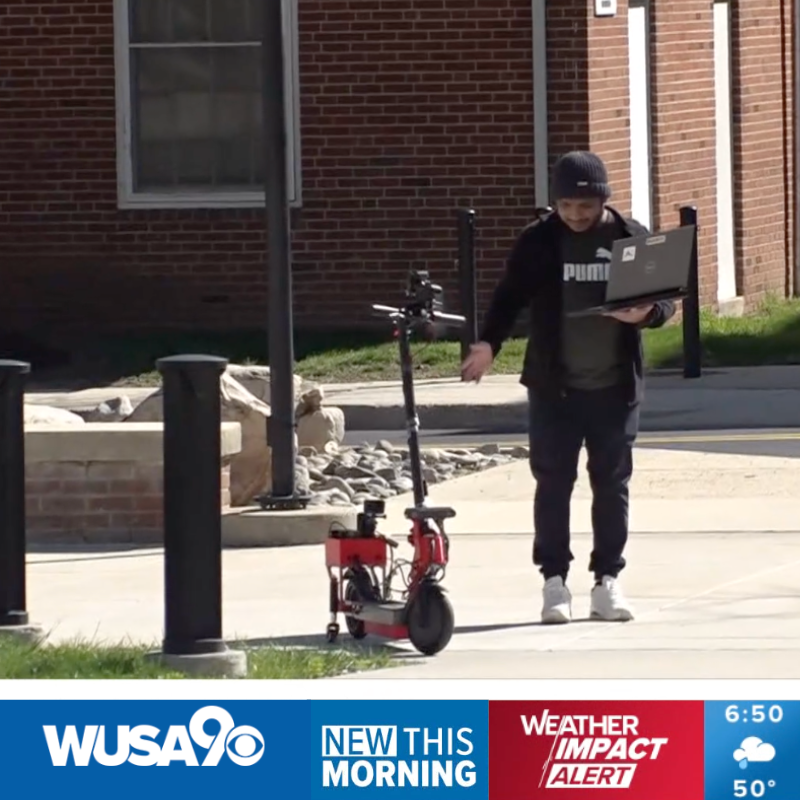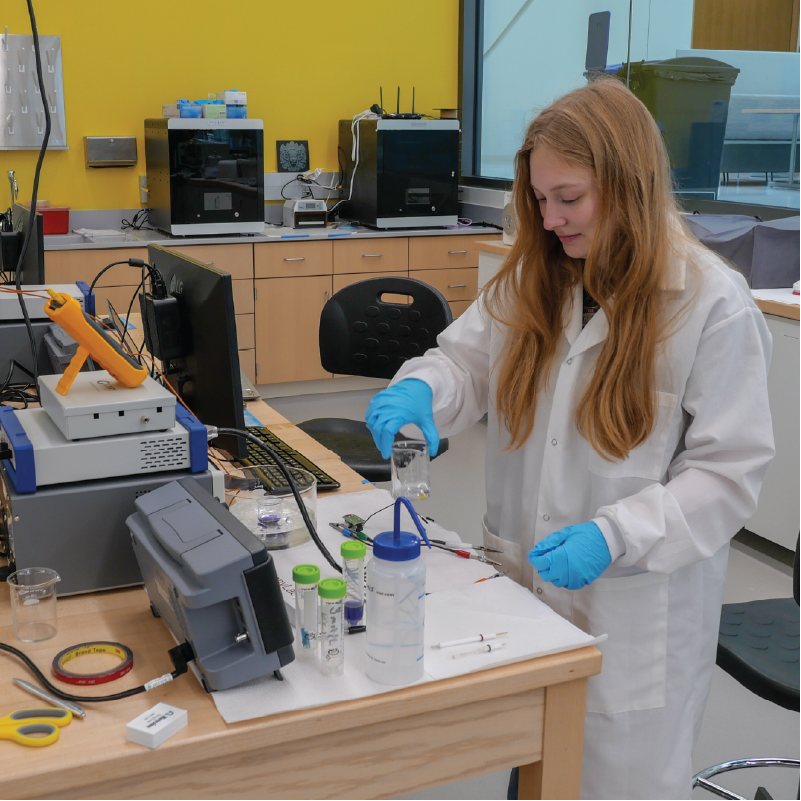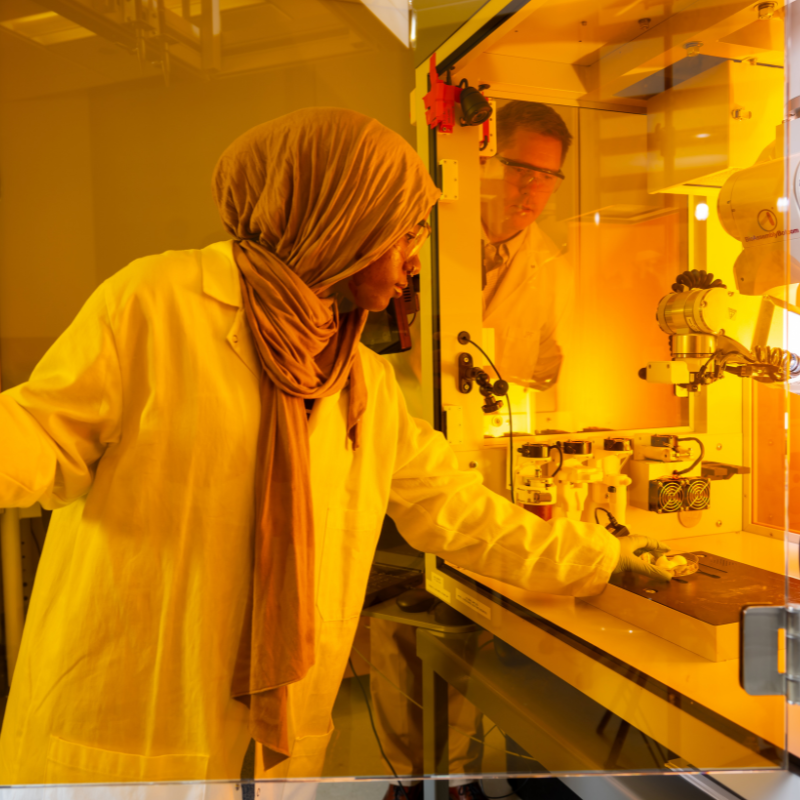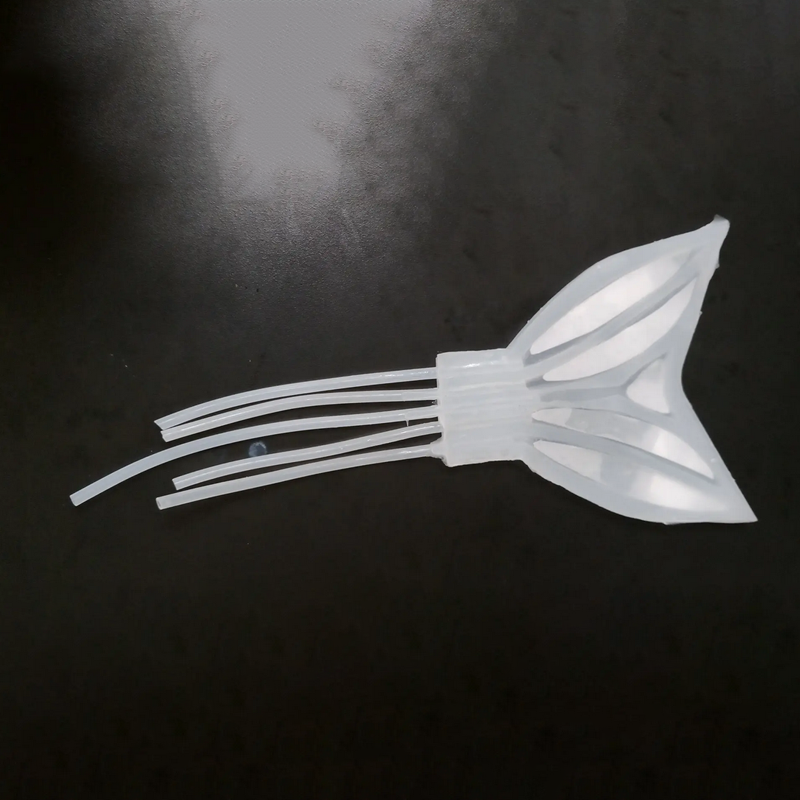News Story
Haptic Safety for Unmanned Vehicles
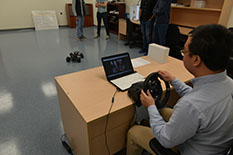
Even as fully automated vehicles continue to be tested and used on roadways, there will likely still be a need for human involvement. Anticipating this need, Nikhil Chopra, an associate professor in the Department of Mechanical Engineering at the University of Maryland, is working on in-vehicle technology that will summon help in certain environments.
“We are developing a secure tele assist feature that can send an alert about unknown surroundings, so a driver can take control of the car from a remote location for added safety,” Chopra explains. In driving environments that call for flexibility and a high-level of decision-making, a human would currently be a better bet than a machine. A scenario where there is road construction and a detour that forces the vehicle into unfamiliar territory is a good example of this, according to Chopra. “In this case, someone would assume control of the wheel and pedals remotely to navigate through this environment,” he says.
How it Works
Remember that childhood game Simon Says? The one by Milton Bradley? You follow the flashing lights (red, blue, yellow and green) and try to imitate the sequence. The machine compares your selections to its own. The challenge is to remember all the flashing colors in the right order.
Flash forward to today and reverse the roles. Now a machine can imitate you in real-time. Now you can hold a joystick or data glove to communicate tactile sensations to cars and robots and use this capability to improve efficiency while advancing safety.
With haptic devices, humans can interact with computers by sending and receiving information through felt sensations. This is the kind of work that Chopra has been spearheading in recent years. A good portion of his research in the automotive domain aims to advance networked control for connected semiautonomous vehicles and virtual reality-based multimodal learning in self-driving cars.
Collision Avoidance
“The work involves using inter-vehicle communication for cooperative adaptive cruise control with safety features such as collision avoidance,” Chopra explains. “The goal is to enhance the safety of current adaptive cruise controls while improving the driving experience.”
A vehicle equipped with adaptive cruise control can maintain a safe distance from the vehicle ahead of it through technology that automatically adjusts its speed. This is especially beneficial on high volume roadways and stop and go traffic. Cooperative adaptive cruise control expands on this capability by allowing vehicles to talk to each other through dedicated short-range communication, enabling cooperative and synchronous braking and acceleration.
Using visual and haptic data, Chopra is also studying the automatic synthesis of acceleration and steering commands. “We are creating a virtual reality system to enable multimodal imitation learning,” says Chopra. Some of the equipment in this system includes a steering wheel and foot pedals that control a scaled-down vehicle. The experience is similar to driving a car except you operate it remotely.
Robotic Systems
In his Semiautonomous Systems Laboratory, there is a testbed composed of networked haptic devices and robotic systems, which are used to conduct experiments in networked control, cooperative control and bilateral teleoperation. A human can use a robot to conduct a basic task remotely (such as cutting or drawing) by controlling the movements of a nearby robot, or haptic device. For example, a remote robot will mimic the hand movements of someone working a lever or joystick.
“We are working to advance control algorithms and methodologies to improve the capabilities of robots and vehicles in various environments,” observes Chopra. “Ensuring a robust level of security and privacy is also a big part of the work.”
Published May 7, 2018
